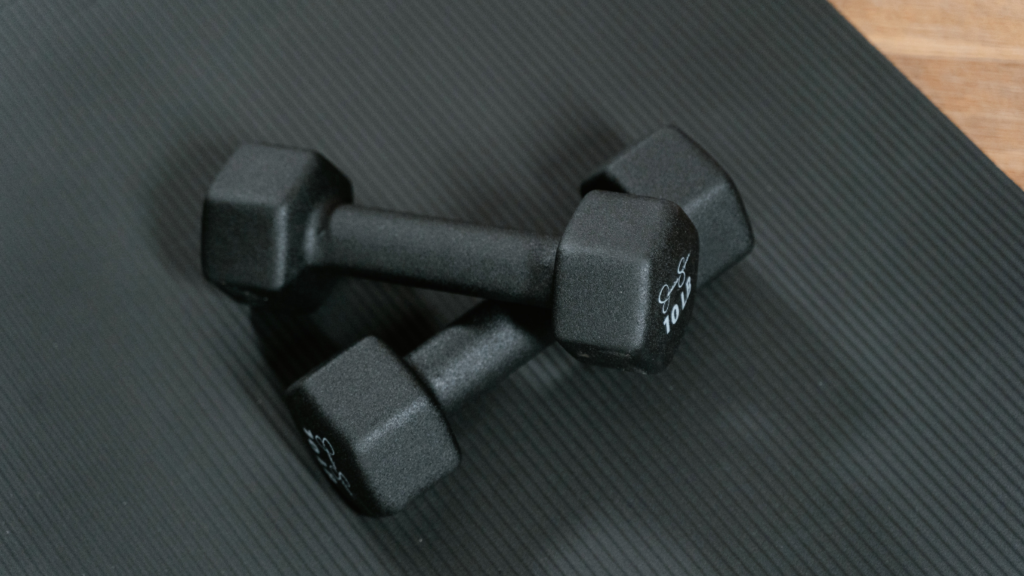Have you ever wondered what truly drives muscle growth? As someone who’s delved deep into the world of fitness and strength training, I’ve uncovered the science behind muscle growth and what strategies actually deliver results.
From the cellular level to the gym floor, understanding the mechanisms that drive muscle hypertrophy is key to maximizing your gains. In this article, I’ll share insights on the most effective techniques backed by science to help you pack on lean muscle mass efficiently.
Whether you’re a seasoned lifter or just starting your fitness journey, knowing what really works can make a significant difference in reaching your muscle-building goals. Let’s explore the evidence-based strategies that can optimize your training and take your gains to the next level.
Understanding Muscle Growth
Exploring the mechanisms behind muscle growth sheds light on the strategies that yield significant results in achieving muscle hypertrophy. Drawing from my years in fitness and strength training, I aim to elucidate the science-backed techniques that effectively boost muscle mass.
This content caters to individuals at all levels, emphasizing the critical need to grasp the methods that truly optimize training for attaining muscle-building objectives.
Protein Synthesis and Muscle Building
- Protein Synthesis Is Essential: Protein synthesis is vital for muscle building, as it helps repair and grow muscle fibers after exercise.
-
Optimizing Protein Intake: By maximizing my protein intake, I provide my muscles with the essential building blocks needed for optimal growth and recovery.
Importance of Protein Intake
Protein intake is essential for muscle growth. I prioritize consuming an adequate amount of protein as it is key to enhancing muscle protein synthesis.
Resistance Training for Muscle Growth
Engaging in resistance training is a fundamental element in amplifying muscle growth. Resistance exercises challenge your muscles, prompting them to adapt and grow stronger over time. By subjecting the muscles to resistance, whether through weights, resistance bands, or bodyweight exercises, I stimulate muscle fibers, causing micro-tears that the body repairs and reinforces, leading to muscle hypertrophy.
I recommend incorporating a variety of resistance training techniques to target different muscle groups comprehensively. Compound exercises, such as squats, deadlifts, and bench presses, engage multiple muscle groups simultaneously, maximizing efficiency.
Isolating exercises like bicep curls or leg extensions allow for focused work on specific muscles, ensuring balanced development across the body’s musculature. Progressive overload is a core principle in resistance training for muscle growth.
It involves gradually increasing the intensity, volume, or frequency of your workouts to continually challenge the muscles and stimulate further growth. Progression can take many forms, such as adding more weight, performing more repetitions, or reducing rest time between sets, keeping the muscles adapting and growing consistently.
To optimize muscle growth through resistance training, I stress the importance of proper form and technique. Executing exercises with correct form minimizes the risk of injury and ensures that the target muscles receive optimal stimulation.
Focusing on the mind-muscle connection, where I actively engage and concentrate on the working muscle during each repetition, enhances muscle engagement and promotes better results from training sessions.
Rest and Recovery
Rest and recovery play a crucial role in maximizing muscle growth. After intense workouts, my muscles need time to repair and grow stronger. Without adequate rest, I risk overtraining, which can hinder progress and increase the likelihood of injury.
It’s essential to listen to my body and incorporate rest days into my training routine. I prioritize quality sleep as it is during deep sleep that the body releases growth hormone, a key player in muscle repair and growth.
Ensuring I get 7-9 hours of sleep each night supports my muscle-building efforts. Additionally, I pay attention to my nutrition post-workout to provide my muscles with the necessary nutrients for recovery.
Incorporating rest and recovery practices, such as active recovery sessions, foam rolling, and stretching, helps prevent muscle stiffness and promotes circulation. By allowing my muscles time to recover, I set the foundation for continued growth and improvement in my strength training journey.
Rest and recovery are not just breaks; they are essential components of an effective muscle-building regimen.


